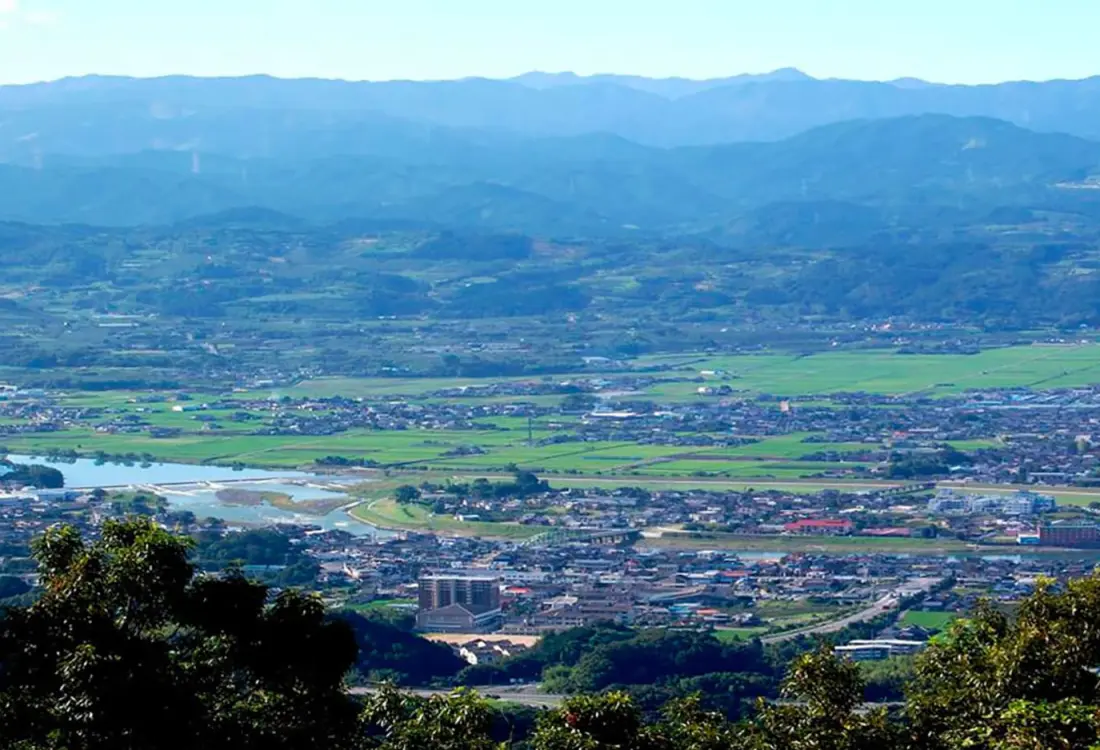
Sample whole simmered perch,
Saga's unique festival food

Enya, Enya. Yoisa, Yoisa. Every year in November. Accompanied by the cheers of bearers, massive festival floats (hikiyama) parade through the former castle town of Karatsu. Known as a festival in honor of the bravery of the men of Karatsu, in 2016 Karatsu Kunchi was registered to the UNESCO Intangible Cultural Heritage list as a “Yama, Hoko, Yatai, float festivals in Japan” including the “Karatsu Kunchi Hikiyama Event.” At the same time, women prepare Kunchi cuisine for visitors they are indebted to in daily business, showing “hospitality” with each home-cooked dish. This cuisine is an indispensable part of the day of the festival, when spirits are exuberant in the former castle town.
Karatsu Kunchi is the major autumn festival of Karatsu Shrine in Minamijonai, Karatsu, Saga prefecture. About 500,000 people visit for the three days of the festival, which begins on November 2nd with the Yoiyama, continues on November 3rd with the Otabishoshinkou, and concludes with the Yokujitsusai of November 4th. Eagerly awaited for by Karatsukko, it is the biggest event in Karatsu, the once-a-year festival before winter arrives in earnest. “Kunchi” is written with characters that mean “the day of delivery” or “ninth day,” and is imbued with feelings of gratitude for the harvest. It is a word mainly used in northern Kyushu, and aside from Karatsu, Nagasaki Kunchi in Nagasaki prefecture is also known as a major festival.


The climax of Karatsu Kunchi is the parade of hikiyama carried out by bearers on the 3rd, and their arrival at and departure from the Otabisho, the place where the sacred palanquin is housed during the festival. According to Mr. Shuzo Maekawa and Mr. Matsuo Uchida of the Karatsu Hikiyama Management Committee, Karatsu Kunchi’s Shinkosai (Shinto festival) began in 1663. In Karatsu, which developed as a merchant town surrounding the nearby castle, the autumn festival of Karatsu Shrine was held since ancient times. It assumed its current form in 1819, beginning with the Red Lion hikiyama of Katanamachi, dedicated in reverence to Karatsu Shrine. The Red Lion is the oldest hikiyama, and is still in use today. Since then, over the course of 57 years, a total of 15 hikiyama (1 has since disappeared) dedicated mainly by large shops in towns such as Zaimokumachi , Uoyamachi, and Komeyamachi. The hikiyama, built with layers of papers and painted lacquer, are gorgeous, a sight to behold. Each town concentrated its attention on the plan of its hikiyama, and each was given a name, such as the Drunken Ogre and Minamoto Yorimitsu’s Kabuto of Komeyamachi and the Tiger-Headed Orca of Kakomachi. The largest is 6.5 m, and over 3 tons weitht. These hikiyama, built 200 years ago, are continually carefully restored by the hands of generation after generation, preserving their vivid colors. Many of them take 400 men to pull, the sight of which is brimming with an intensity that overwhelms onlookers.


On the other hand, for women the stage of Kunchi is each of their households. While men are wild with enthusiasm for the festival, the women protecting their homes prepare large dishes of Kunchi cuisine to treat guests. A rare custom that isn’t seen in other areas, people who have assisted in their daily lives are made welcome and invited to feast on the cooking of each household. The 3rd to 4th, they host mainly for relatives and guests of honor or for customers and clients. It is said that in large cases a household may entertain 300 guests. With the help of relatives, women begin preparing several days in advance without sleep. Both Mr. Maekawa and Mr. Uchida smile wryly and say, “that’s why we are no match for our wives.” Although there are no rules as to what is prepared, after the end of World War II, born from the “pride” of large stores, the nearly 1 m long massive perch that becomes the “Ara no sugatani” (perch simmered in a way that preserves its original shape). Perch caught in the Sea of Genkai is a high-grade fish. Its belly is stuffed with daikon and boiled eggs, then it is simmered carefully with soy sauce, sake and sugar over the course of a day. For the invited parties, etiquette dictates that a bottle of sake or the like is given, and that they not stay overlong. Also, since this hospitality is limited to clients and acquaintances, Mr. Maekawa and Mr. Uchida will tell you that to be invited you should make acquaintances in Karatsu.

As Okochi family hospitality, 5th Generation Master of Japanese Inn Ryokan Yoyokaku Mr. Masayasu Okochi simmers nearly 30 kg of perch for guests on the 3rd and 4th, and welcomes them with an arrangement in the banquet hall. “We make Ara no sugatani at the inn as a special dish during the festival period. We make arrangements in advance so that we can get ahold of the largest perch possible, and simmer the dish while pouring the stock over it little by little so that the shape does not collapse. When half of the body has been eaten on the 3rd, we use daikon that has been simmered in the stock as decorative fish scales. It can be said that our feelings of hospitality are shown by the size and display of the perch in Kunchi cuisine, and that this is a culture born from the ‘pride’ of the merchants of Karatsu.”



Cooperation with coverage, photography provision – General Incorporated Association Karatsu Tourism Association, Karatsu Hikiyama Management Committee Japanese Ryokan
Yoyokaku 2-4-40 Higashi Karatsu, Karatsu, Saga prefecture
TEL 0955-72-7181
http://www.yoyokaku.com/sub5e.htm
 The delicious secrets of Kagoshima's free-range Kurobuta pork
The delicious secrets of Kagoshima's free-range Kurobuta pork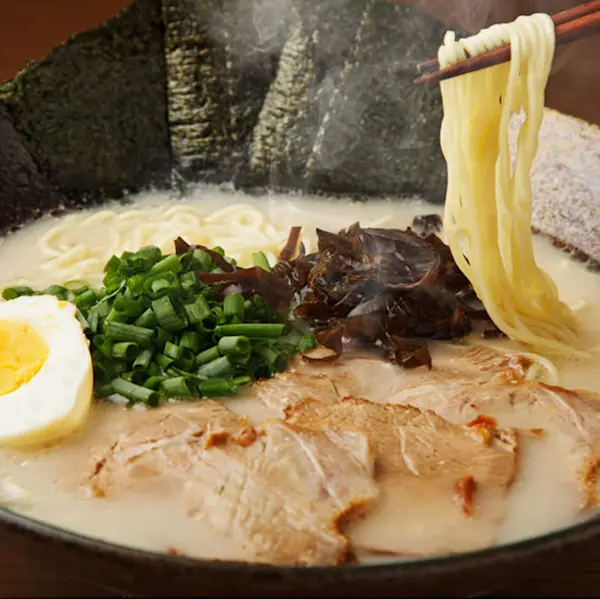 Everything You Need to Know About Fukuoka’s Famed Tonkotsu Ramen
Everything You Need to Know About Fukuoka’s Famed Tonkotsu Ramen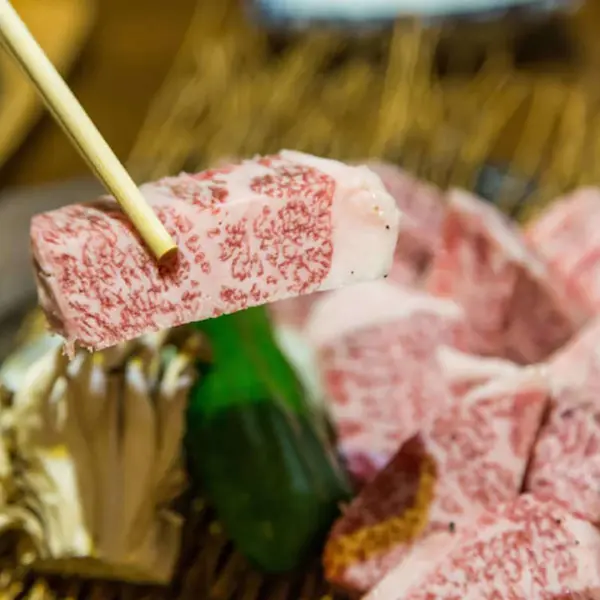 Saga Beef: Wagyu To Remember
Saga Beef: Wagyu To Remember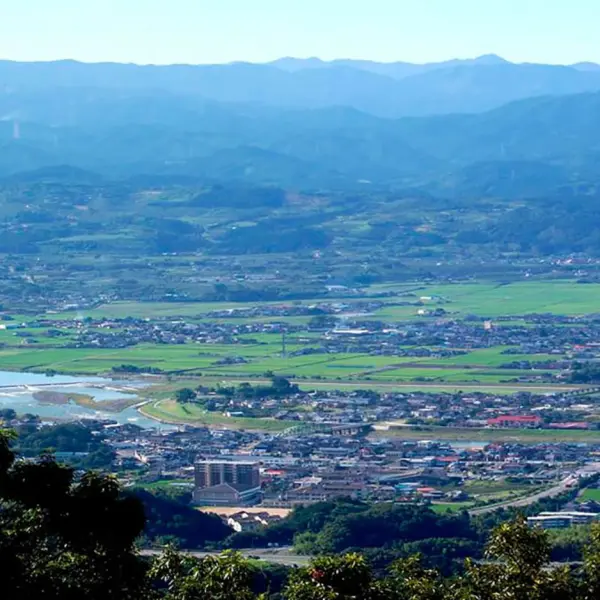 Discover Fukuoka's fruit kingdom
Discover Fukuoka's fruit kingdom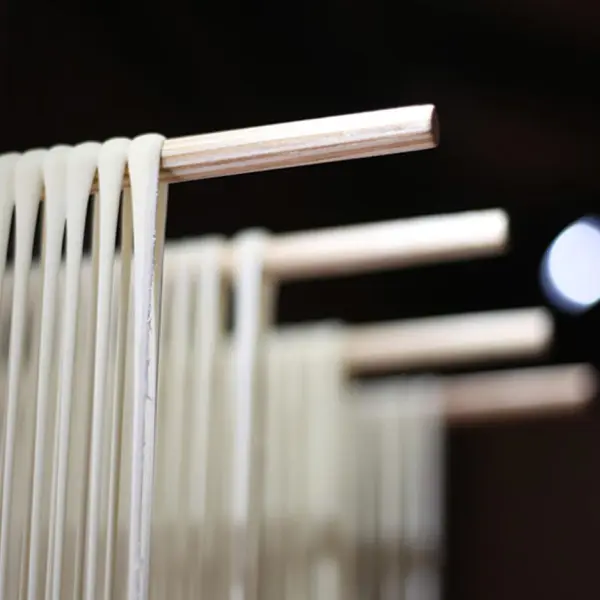 Goto udon: a delicious legacy of Nagasaki's ancient trade routes
Goto udon: a delicious legacy of Nagasaki's ancient trade routes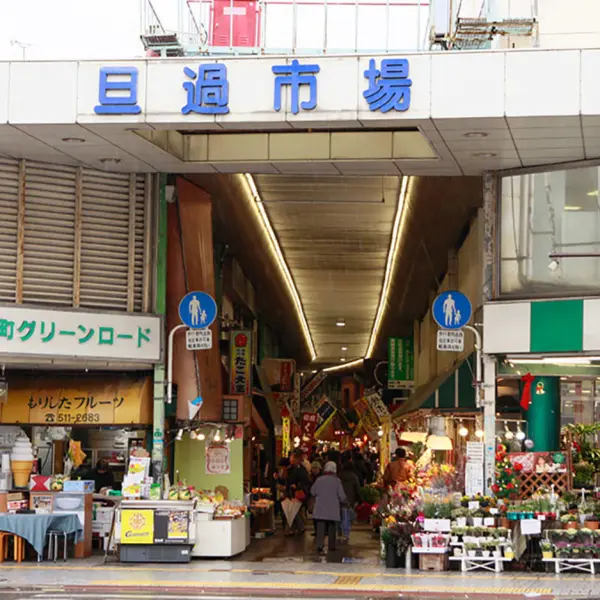 Feast your senses at Fukuoka's bustling fresh food market
Feast your senses at Fukuoka's bustling fresh food market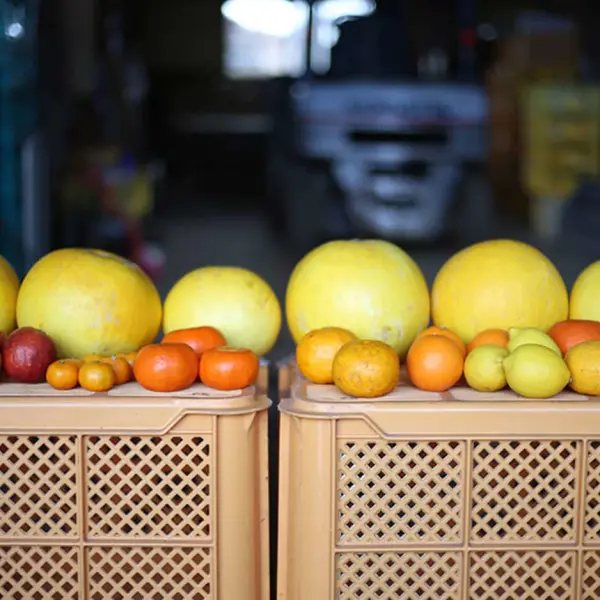 Cultivating the world's largest citrus fruit in Kumamoto
Cultivating the world's largest citrus fruit in Kumamoto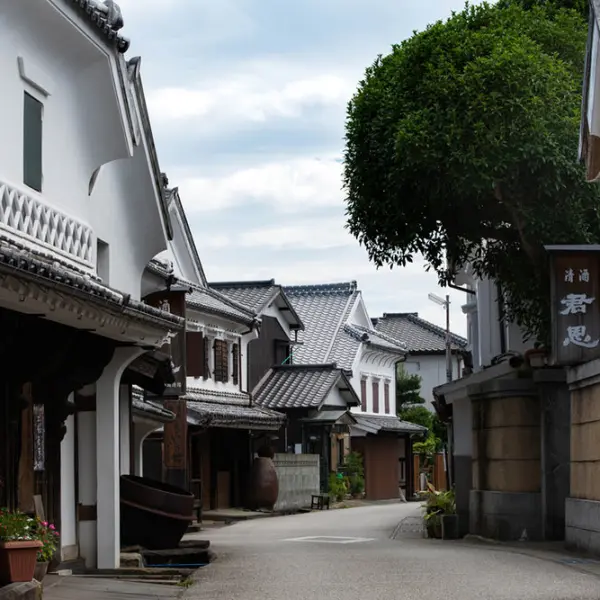 Hizen Hamashuku: Historic breweries that house the world’s best sake
Hizen Hamashuku: Historic breweries that house the world’s best sake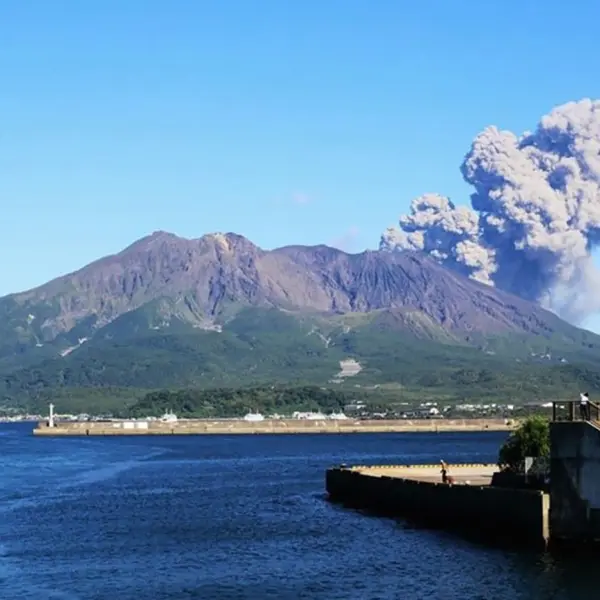 In the shadow of a volcano: the world's largest daikon radishes
In the shadow of a volcano: the world's largest daikon radishes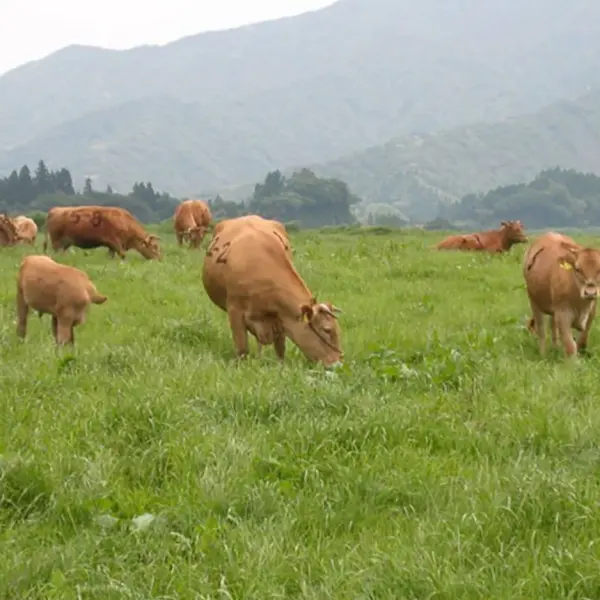 Raising Kumamoto's famed Japanese Brown Cattle
Raising Kumamoto's famed Japanese Brown Cattle




